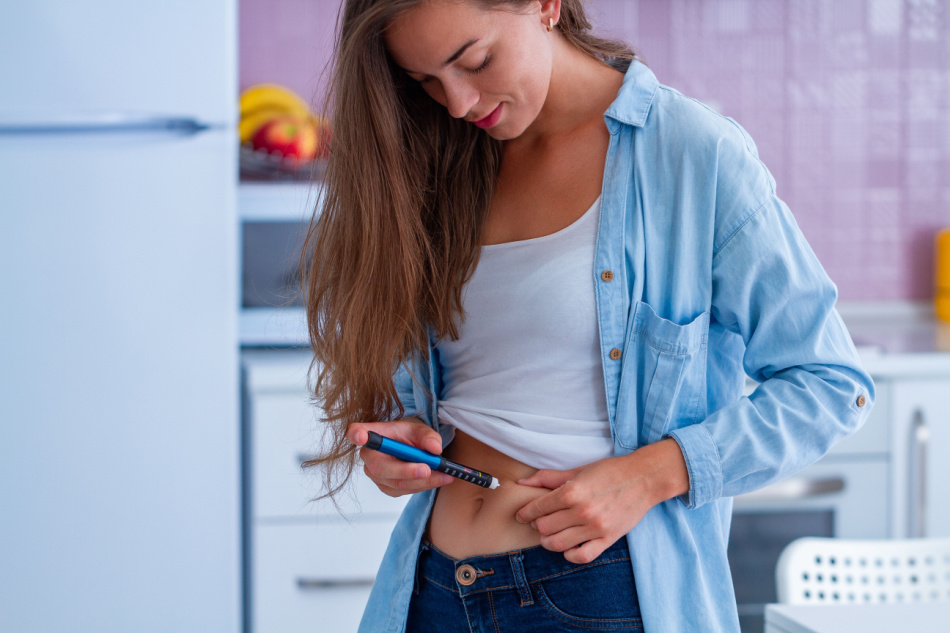Last Wednesday, drug producer Eli Lilly announced that the out-of-pocket cost of its insulin will be capped at $35 per month. According to experts, the action could lead other U.S. insulin manufacturers to follow.
The adjustment, which Eli Lilly says is effective immediately, brings the pharmaceutical company in line with a provision of the Inflation Reduction Act, which in January imposed a $35 monthly ceiling on the out-of-pocket cost of insulin for Medicare-enrolled seniors.
Inspiring change
President Joseph Biden applauded the move in a tweet and urged other insulin manufacturers to reduce their prices. Last month, Biden highlighted insulin expenses in his State of the Union address.
The American Diabetes Association (ADA) hailed the decision and urged other insulin makers to reduce their prices.
Members of Congress and advocacy groups have put pressure on insulin manufacturers to reduce the price of the lifesaving drug. The Rand Corporation, a public policy think tank, projected that the average list price for a single vial of insulin in the United States in 2018 was $98.70.
“Patients should have a consistent and lower cost experience at the pharmacy counter,” said David Ricks, CEO of Eli Lilly, on a Wednesday conference call.
Who will this affect?
The cap applies automatically to individuals with private insurance. Anyone without insurance who enroll in Eli Lilly’s copay assistance program will be eligible.
Due to the pandemic, this program began delivering insulin to patients, regardless of their insurance status, for no more than $35 per month in 2020.
The limit applies to all of Eli Lilly’s insulin medicines, according to company spokesperson Kelly Smith. This year, the business would also reduce the list price of some of its medications, including Humalog.
Ricks stated that the decision resulted from discussions between the firm and members of Congress on the price of the drug.
According to him, the enactment of the Inflation Reduction Act resulted in a “split situation” in the United States, in which seniors benefited from a $35 out-of-pocket monthly cap but persons with private insurance and the uninsured did not.
Around 8.4 million Americans with diabetes rely on insulin, as reported by the ADA. The insulin market is dominated by Eli Lilly, Novo Nordisk, and Sanofi, three pharmaceutical companies.
Three out of ten diabetics who rely on insulin use an Eli Lilly medication, according to Smith.
The writing on the wall
In November, Eli Lilly’s stock price plummeted after a phony tweet from an imposter account erroneously claimed that the business was producing insulin for free, refocusing attention on its pricing.
Larry Levitt, executive vice president for health policy at KFF, formerly known as the Kaiser Family Foundation, stated that in addition to political pressure, Eli Lilly is also threatened by competition from outside the business.
Civica Rx, a non-profit organization based in Lehi, Utah, said last year that it intends to manufacture and distribute generic versions of insulin to consumers for no more than $30 for each vial and $55 per box of five pen cartridges. The state of California intends to produce inexpensive insulin, as does Mark Cuban’s internet pharmacy, Cost Plus Drug Co.
“Eli Lilly definitely sees the writing on the wall,” Levitt said.
Stacie Dusetzina, a professor of health policy at Vanderbilt University Medical Center in Nashville, Tennessee, concurred that the decision was likely motivated by heightened competitiveness.
“The company is reacting to a tremendous amount of existing and upcoming competition for these drugs,” she said.











